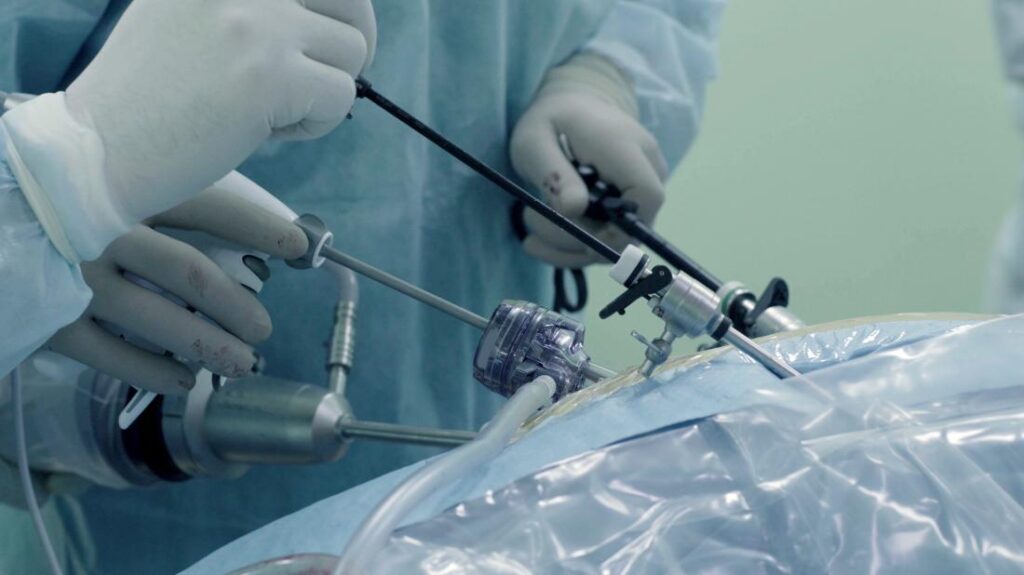The two main routes of surgeries used for enhancing fertility and treating conditions that can lead to infertility are laparoscopy and hysteroscopy. With more and more patients facing fertility issues nowadays, the importance of these fertility enhancing surgeries has increased manifold.
Laparoscopy:
Laparoscope allows us to directly visualize and treat the conditions affecting the uterus, tubes, and ovaries. (SEE AND TREAT)The most common indications for laparoscopy in patients with infertility are:
- Evaluation of tubal patency: It can be done when we are suspecting tubal blocks for eg: tubal blocks in HSG, couple with unexplained infertility, history of previous surgery or endometriosis where there is chance for adhesions leading to tubal factor infertility.
- Endometriosis: Laparoscopy can enhance the fertility in women with endometriosis by adhesiolysis, endometriotic cystectomy, salpingo-ovariolysis etc. This surgery aims to restore the tubo-ovarian relationship leading to spontaneous pregnancy as well.
- PCOS: Some women with PCOS who do not respond to medications for ovulation or stay far so cannot come for follow up can benefit from a simple surgical procedure called Laparoscopic ovarian drilling. 3 to 4 drills are made into each ovary depending on the size of the ovary. This helps in improving the hormonal imbalance seen in this condition and can help women to ovulate spontaneously leading to spontaneous pregnancy.
- Fibroids: Not all women with fibroids require a surgical removal in order to conceive. However fibroids that are large or are pressing on the uterine cavity can be removed via the laparoscopic route which can increase the chances of pregnancy and reduce the risk of miscarriage, pregnancy losses or preterm labour.
- Hydrosalpinx: Hydrosalpinx is a term used for fallopian tubes that are swollen and filled with infected secretions. It is seen that women with hydrosalpinx have an increased chancs fro an ectopic pregnancy. The chances of miscarriage are higher and pregnancy chances are lower. Laparoscopic salpingectomy is advised which increases the success rate of IVF.
- Hysteroscopy:
Hysteroscopy is the introduction of a thin camera inside the uterus to assess the condition within the uterus and simultaneously treat if any problem exists.
The most common indications for hysteroscopy in patients with infertility are:
- Multiple failed IVF failures or recurrent implantation failure
- Suspected abnormalities in the uterine shape for example: septate uterus, bicornuate uterus, unicornuate uterus etc: hysteroscopic septoplasty is offered to those with septate uterus.
- Presence of endometrial polyp: removal of polyp is called as polypectomy.
- Women with thin endometrium or suspected Asherman syndrome: Adhesiolysis is done in cases of uterine synechiae
- Presence of submucosal fibroid: Myomectomy is done using hysteroscope or resectoscope.
Thus fertility enhancing surgeries in carefully selected patients can improve the chances of a woman to conceive naturally and also help in improving the success rates in women undergoing assisted reproduction treatment like IUI or IVF/ICSI.


